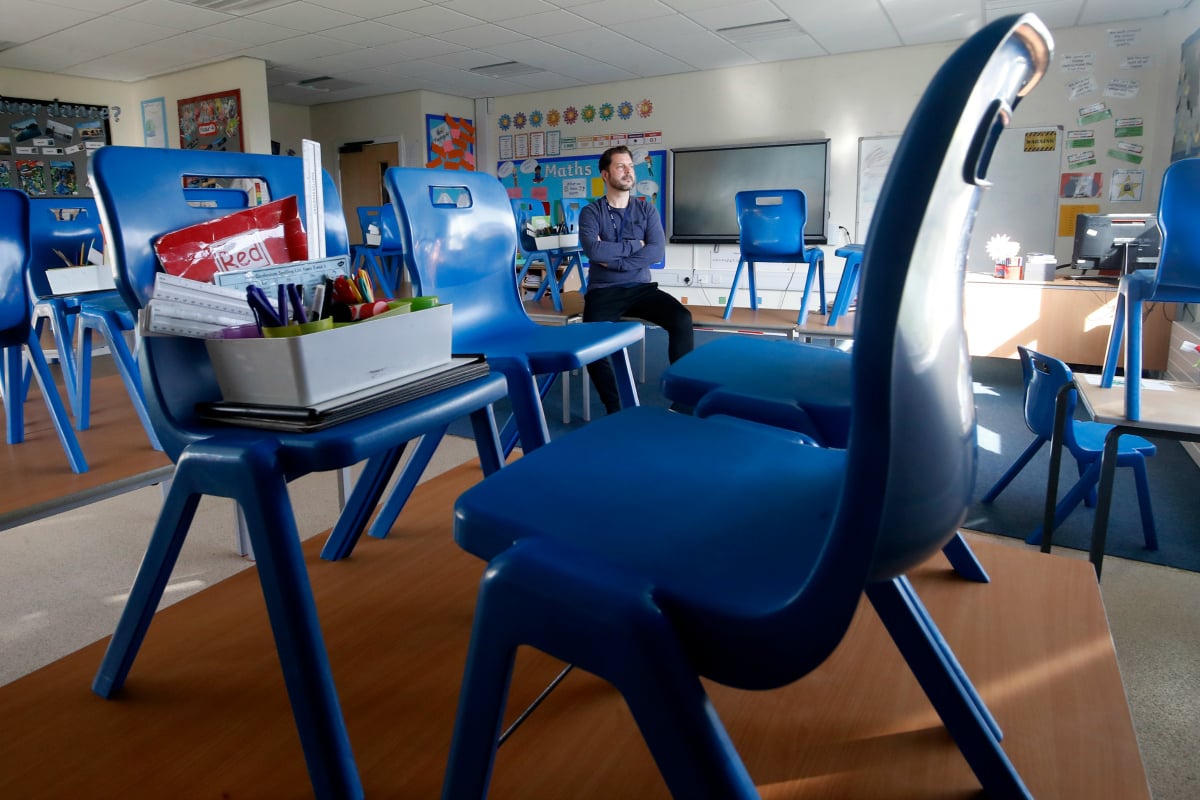
On Tuesday, the Australian Government announced the second phase of shutdown measures designed to slow the spread of COVID-19.
The measures, which come into effect from midnight tonight, will see additional non-essential services closed, including beauticians, food courts, libraries, galleries, and swimming pools, among others.
That’s on top of the previous measures announced over the weekend, which ordered the closure of businesses including restaurants, bars, pubs, clubs, nightclubs, gyms and indoor sporting venues, cinemas and entertainment venues, and places of worship.
(See our previous article ‘Stage two restrictions: Exactly what is and isn’t shutting down from midnight Wednesday’ for full details.)
These steps are part of what Prime Minister Scott Morrison is describing as his Government’s staged, “scalable” approach to the crisis.
So, what could the next step look like?
Of course, we can’t predict exactly what our leaders will choose to do next. But for a glimpse at what’s likely, let’s take a look at a couple of examples from countries that are a step or two ahead of us: the UK and New Zealand.
UK: lockdown.
As far as the epidemic curve goes — that’s a chart used to plot new cases over time — Australia is on the same trajectory as the UK, but about two weeks behind. (It currently has 6,654 confirmed COVID-19 cases and 335 deaths.)
So, its recent lockdown measures are a reasonable indication of what Australian life could look like soon.

Top Comments
Let's see if she's still saying this when things start getting REALLY bad.